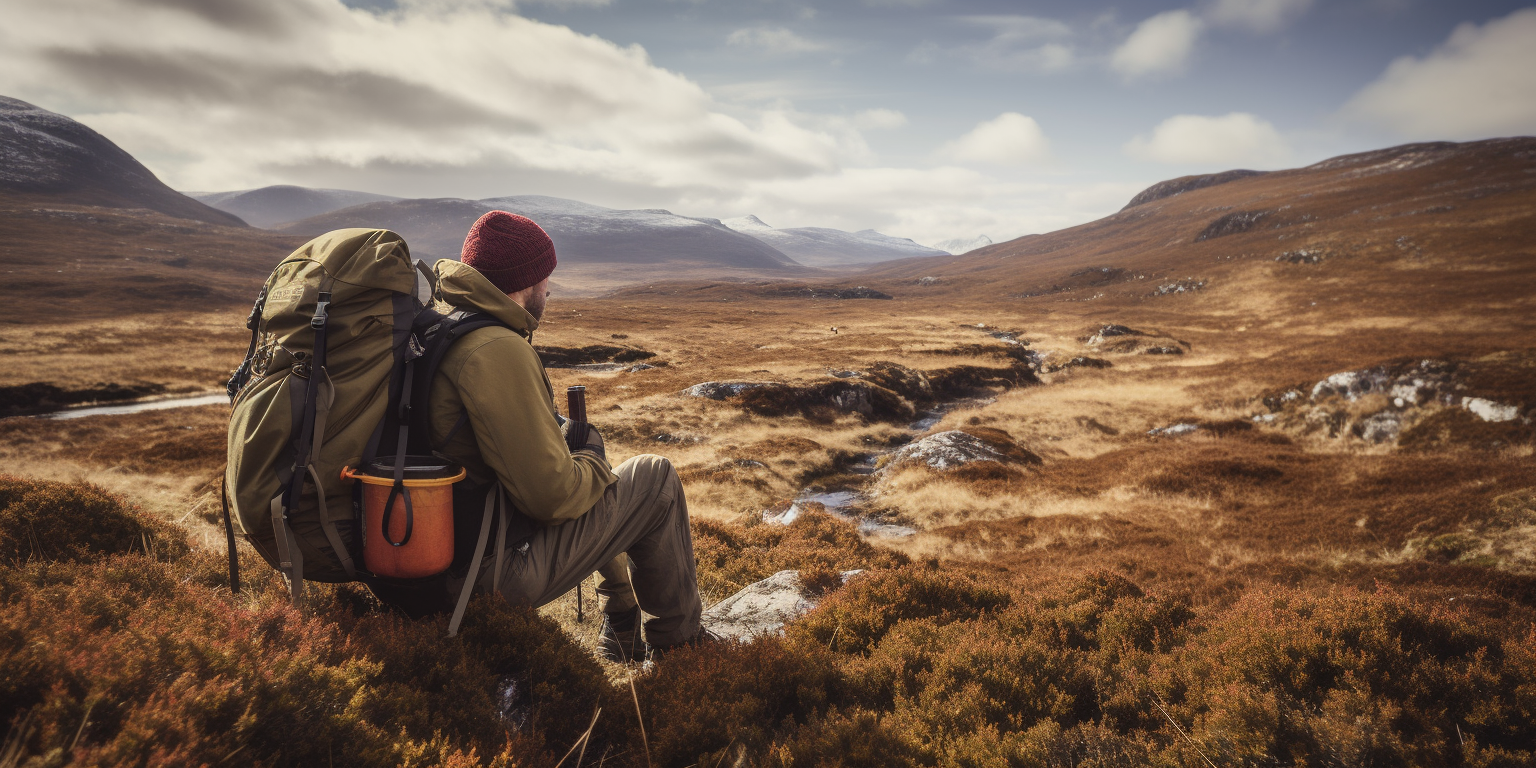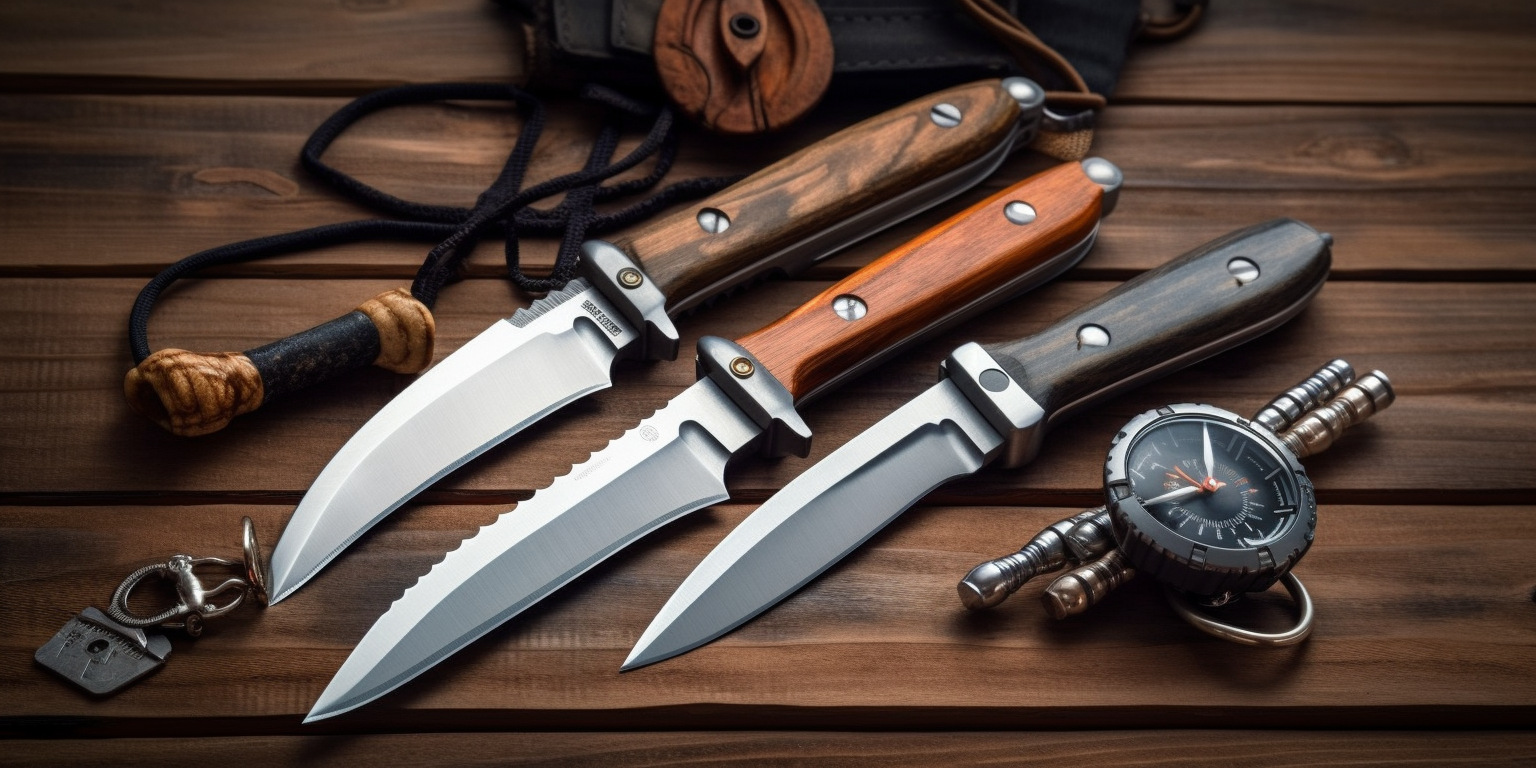
Our Top Five Knives - one of your core essentials
Our Top Five Knives - one of your core essentials
The humble knife has played a vital role in human civilization for centuries. At its core, a knife is simply a sharp edge with a safe place to grip it. That said there are different knives for different purposes, and the ideal knife for any individual is also influenced by a wide variety of factors. When you're out in nature, it's highly recommended that you carry a reliable pocket knife. It helps improve the chances that you'll be well placed to cope with whatever comes your way.
For most lightweight backpacking needs, a Swiss Army Knife will do. As a multi-tool it is great for camping, and any basic folding knife should suffice in most casual situations.
The next step up would be a standard survival knife - i.e. one in which you expect to play a key role in your survival - typically more hard-wearing, robust and high-quality and able to cope with difficult scenarios, weather and purposes.
Construction
When searching for a survival knife, there are a few important factors to consider. The three most crucial elements in most survival situations are fire, shelter and food preparation. For both shelter and fire there is a clear requirement to work with wood. Therefore, you'll need a strong knife that can hold its edge. Sturdiness is crucial because a knife won't help you survive if it breaks during hard use. We generally recommend a fixed-blade survival knife with a full-tang construction, meaning the steel of the blade extends all the way through the handle. Folding knives are a good alternative if you need more convenient compact storage, but they lack the overall strength and robustness of a fixed blade knife.
Blade Material
It is important to choose the right blade metal material to ensure that your knife can handle the toughest of situations. The most common blade materials for survival knives are stainless steel and high-carbon steel.
Stainless steel is known for its resistance to rust and corrosion, making it a popular choice for outdoor use. However, it's not as durable as high-carbon steel and can be more challenging to sharpen. High-carbon steel, on the other hand, is tougher and more durable, making it ideal for hard use. However, it's more prone to rust and corrosion.
Other blade metal materials commonly used in survival knives include Damascus steel, which is known for its unique and beautiful patterns, and titanium, which is strong and lightweight. Ceramic blades are also becoming more popular, as they're incredibly sharp and resistant to rust and corrosion.
Ultimately, the type of blade metal material you choose for your survival knife will depend on your needs and preferences. It's essential to choose a high-quality blade material that can handle the demands of the great outdoors and keep you safe in any situation.
Knife Size, Blade Length & Width
When it comes to selecting a survival knife, blade length and thickness are important factors to consider. A survival knife with a longer blade can help in chopping and slicing tasks, making it a versatile tool for outdoor survival. Generally, a blade length of around 22cm is considered the sweet spot, but the length can vary depending on personal preferences and intended use. A shorter blade is easier to control and is more suitable for intricate tasks such as carving and feathering.
Blade thickness is also a critical consideration when selecting a survival knife. A thicker blade is stronger and can handle heavier tasks such as chopping wood and clearing vegetation. However, a thicker blade is also heavier and can be more challenging to control. A thinner blade is more precise and can handle detailed work such as carving, but may be less durable and may not withstand heavy use.
Ultimately, the blade length and thickness of a survival knife should be selected based on personal preferences, intended use, and the environment in which it will be used. A good survival knife strikes a balance between blade length, thickness, and weight to provide a versatile and reliable tool for outdoor survival.
Handle/Grip
When it comes to choosing a survival knife, the handle is just as important as the blade. A good grip can make all the difference in terms of comfort, control, and overall performance. There are many different materials used for knife handles, including wood, synthetic composites, and rubber. Each material has its own advantages and disadvantages, so it's important to consider factors like grip texture, durability, and moisture resistance when making your selection. Additionally, the shape and size of the handle should fit comfortably in your hand and allow for a secure grip in different weather conditions. A poorly designed handle can cause fatigue, slippage, and even injuries, so it's crucial to choose a handle that feels comfortable and safe for your individual needs.
| Factor | Pros | Cons |
|---|---|---|
| Blade Material |
- Determines the knife's sharpness and durability. - Different materials offer varying levels of corrosion resistance. |
- High-quality materials can be expensive. - Some materials require more maintenance than others. |
| Blade Length |
- Longer blades are better for heavy-duty tasks like chopping wood. - Shorter blades are more versatile and easier to carry. |
- Longer blades can be heavy and awkward to handle. - Shorter blades may not be suitable for certain tasks. |
| Blade Thickness |
- Thicker blades are more durable and can handle heavy use. - Thinner blades are better for precision tasks like carving. |
- Thicker blades can be heavier and more difficult to handle. - Thinner blades may not be suitable for heavy-duty tasks. |
| Handle Material |
- A good handle provides a comfortable and secure grip. - Different materials offer varying levels of durability and grip. |
- Some materials may be slippery when wet. - Handles can add weight to the knife. |
| Tang Construction |
- Full-tang knives are more durable and can handle heavy use. - Partial-tang knives can be lighter and more comfortable to handle. |
- Full-tang knives can be heavier and more difficult to handle. - Partial-tang knives may not be suitable for heavy-duty tasks. |
| Sheath |
- A good sheath protects the knife and allows for safe and easy carrying. - Different sheath materials offer varying levels of durability and convenience. |
- Some sheaths can be bulky or uncomfortable to wear. - Low-quality sheaths may not provide adequate protection. |
Here are our top five Knives:
Best Tactical Knife:
Ka-Bar Straight Edge. Blade length: 17.8 cm. Overall length: 30.5 cm. Blade material: 1095 Cro-Van steel. Weight: 318 grams. Price: £93.
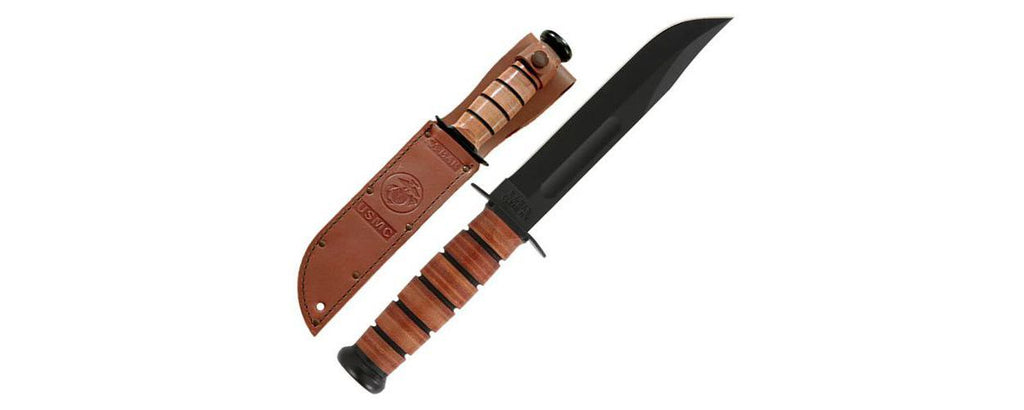
Best Budget Knife (under £50):
Cold Steel SRK Compact Knife. Blade length: 12.5 cm. Overall length: 24.1 cm. Blade material: carbon steel. Weight: 145 grams. Price: £48.

Best Folding Survival Knife:
Helle Bleja. Blade length: 8.4 cm. Overall length: 20.0 cm. Blade material: triple-laminated Helle stainless steel. Weight: 150 grams. Price: £175.
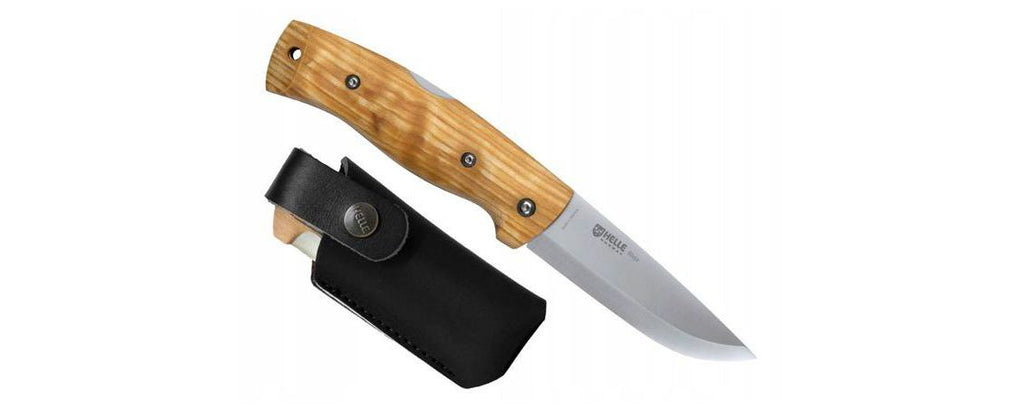
Best Multi-Tool Knife:
Leatherman Bond EDC Multi-tool. Blade length: 7.3 cm. Overall closed length: 10.0 cm. Blade material: 420HC stainless steel. Weight: 176 grams. Additional functions - pliers, screwdrivers, can-opener, wire-cutters, etc. Price: £55.

Best Overall Survival Knife:
Ka-Bar Becker BK2 Companion. Blade length: 13.2 cm. Overall length: 26.9 cm. Blade material: carbon steel. Weight: 454 grams. Price: £140.
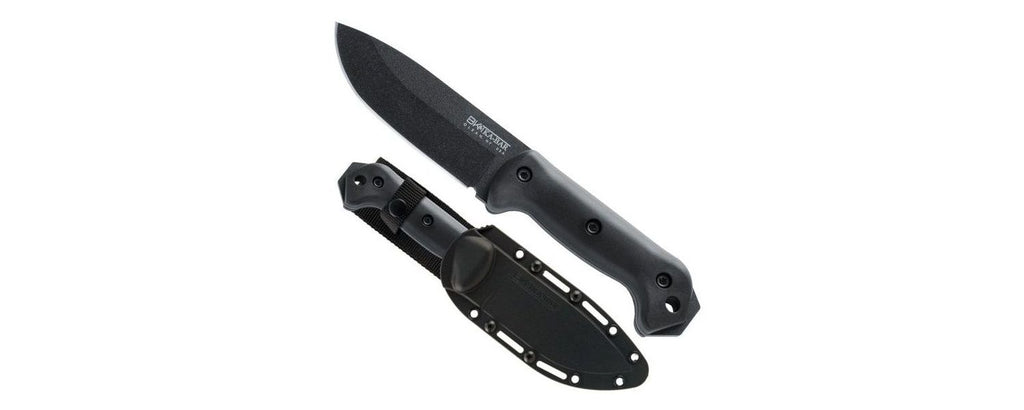
Keeping your knife sharp is important is critical, and this needs to be built into your thinking. We recommend sharpening your knives on a Japanese whetstone, although there are plenty of other options available, too. If you plan on being away from your home sharpening tools, then there are less cumbersome options available.
A good mobile option is the Demon Pocket Edge whetstone, which is small enough to keep in a bugout bag or survival kit and could be a lifesaver if you've dulled your blade after hours of surviving with it.
Conclusion
When it comes down to it, the best survival knife for you is the one that fits your needs and budget. We hope this list helps you make an informed decision when selecting a survival knife that you can rely on in the great outdoors. Remember, preparation is key, and having the right tools at your disposal can make all the difference in a survival situation. Stay safe out there!
Suggested Articles
The Ultimate UK Expedition Checklist: Essential Gear for Every British Adventure
The UK, with its diverse landscapes and ever-changing weather conditions, offers a wide array of outdoor adventures. ...
50 Survival Knives: A Comparison Table
There are many different survival knives available, with different attributes, advantages, limitations and price poin...
Choosing the Right Sleeping Bag
Sleeping bags are essential for any outdoor adventure, whether it be a short hike, a camping trip or a full-blown exp...

